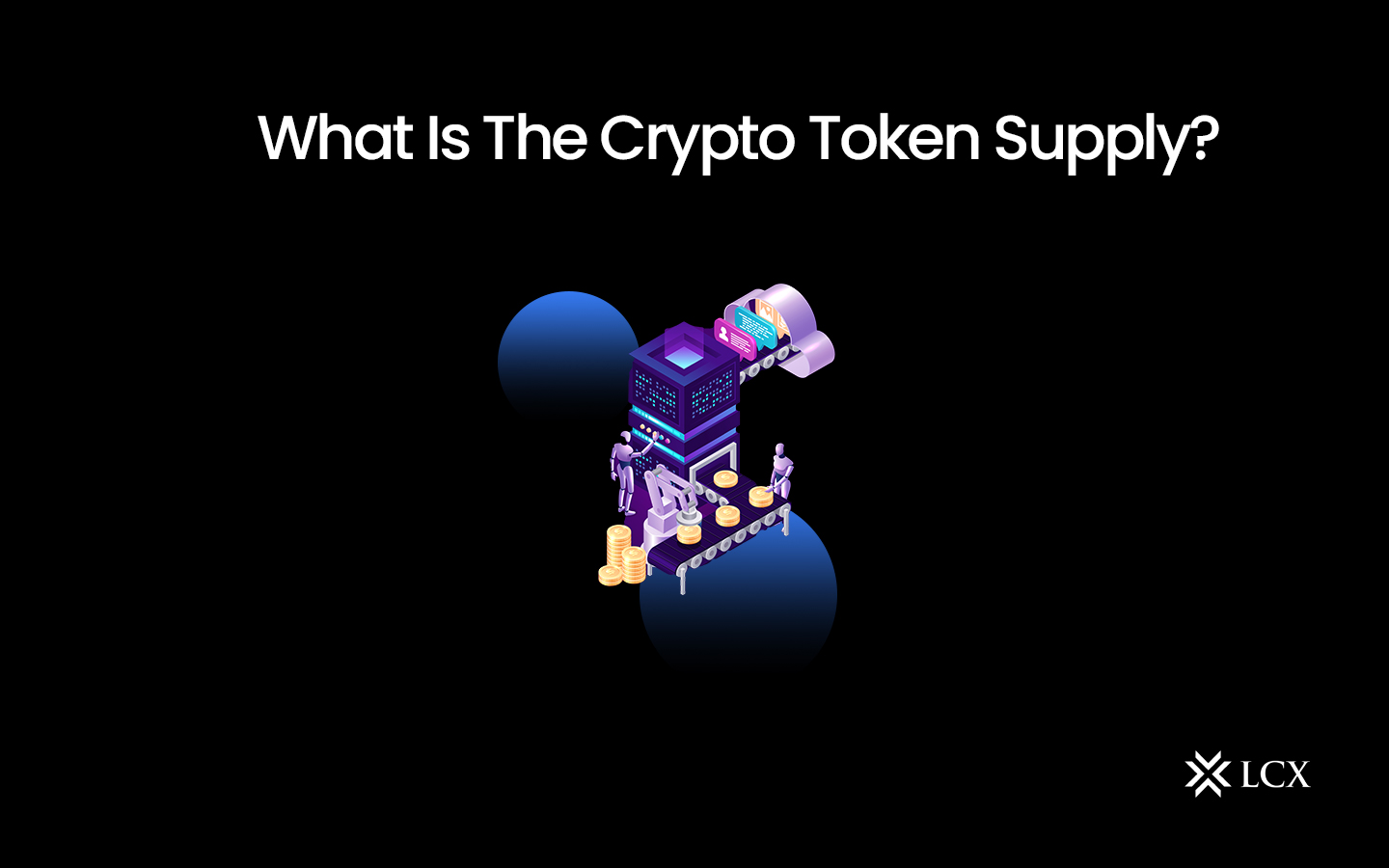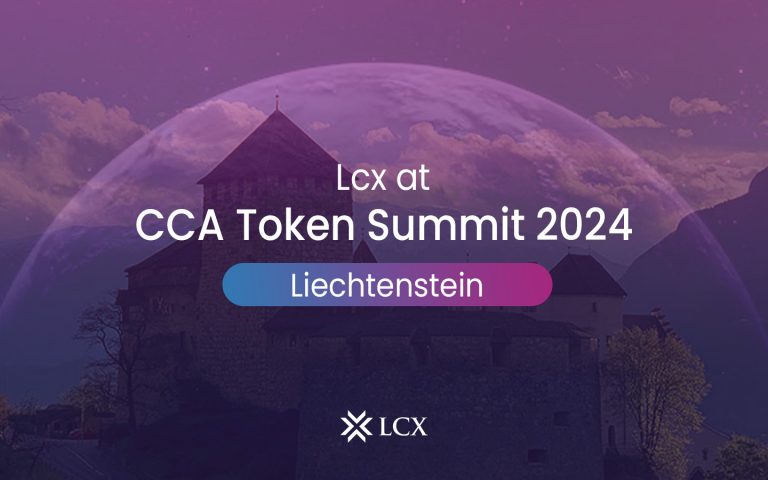The crypto token supply determines how many cryptocurrency coins will exist at any given time; it can be the circulating supply, the maximum supply, or the total supply. The total supply of a cryptocurrency is the sum of the circulating supply and the coins held in escrow, a smart contract in which a third party temporarily holds an asset until a specific condition is fulfilled. The maximum supply represents the utmost number of tokens that can be created, whereas the circulating supply represents the number of tokens that exist and are available for trading on the market.
For determining token distribution, demand, and market capitalization, all cryptocurrency supply metrics are indispensable. They can influence the price of a cryptocurrency and are essential criteria for investors who wish to evaluate the value of a project. Unlike fiat currencies, which central banks can produce at will, the majority of cryptocurrency tokens have a fixed supply that cannot be altered arbitrarily. A token’s supply can be released all at once, but most cryptocurrencies, such as proof-of-work (PoW) or proof-of-stake (PoS) coins.
Some cryptocurrencies have a limited supply, such as Bitcoin (BTC), which will never have more than 21 million coins in circulation. Other cryptocurrencies have a supply cap but not a finite supply. Ether’s (ETH) supply, for example, is not hard-capped like Bitcoin’s, but after the Merge, the issuance of new coins was restricted to 1,600 ETH per day.
What Is a Circulating Supply?
A cryptocurrency’s circulating supply or crypto token supply refers to the number of tokens available for exchange on the market at any given time.
The crypto token circulation supply metric is used to define a cryptocurrency’s market capitalization and factors for the size of its economy. The market capitalization of a cryptocurrency is calculated by multiplying the price per unit by the total number of extant coins in a blockchain, including those that have been lost or stolen.
Bitcoin and its inventor, Satoshi Nakamoto, who mined millions of BTC in the early years but never moved them, are illustrative. Regardless of the rationale behind such a decision, these Bitcoin remain a part of the total supply of the cryptocurrency.
Denominated realized market cap is a sub-metric of market capitalization that calculates the price of a coin when it was last traded, as opposed to its current value. Coins that have been lost or are inactive in a blockchain are not included in the realized market capitalization, diminishing their impact on the price.
Some cryptocurrencies, such as Bitcoin, have a limited supply, and their circulation can only be increased by mining. On the other hand, developers of some more centralized tokens can increase their supply of tokens in circulation through immediate minting, similar to central banks. The circulation supply can also be reduced through a procedure known as burning, which entails destroying coins by sending them to an unaccessible wallet. The circulation supply metric should therefore be deemed approximative.
What Is the Maximum Supply?
The utmost supply of a cryptocurrency is the total number of tokens that will ever be mined; it is typically determined when the genesis block is created.
Bitcoin’s maximal supply is capped at 21 million, and although anything is possible, its strict protocol and code are designed to ensure that no additional Bitcoins can ever be mined. Other cryptocurrencies do not have a maximal supply, but, like Ether, may have a limit on the number of new coins that can be issued at a specific rate.
Stablecoins, on the other hand, tend to maintain a constant maximum supply in order to prevent a supply shock that could cause excessive price fluctuations. Their stability is ensured by collateral reserve assets or algorithms designed to regulate supply via the combustion process.
Algorithmically-backed coins are intended to maintain a stable price, but they are susceptible to de-pegging risks, which can cause their value to fluctuate. In addition, non-algorithmic stablecoins such as Tether are susceptible to de-pegging, as was the case in June 2022, demonstrating that even coins that should provide greater certainty are at risk.
The price of a crypto token is also affected by the circulating supply and total supply, but to a lesser extent than the utmost supply. When a cryptocurrency’s supply reaches its utmost, no new coins can ever be created. When this occurs, two major outcomes occur:
If demand exceeds crypto token supply, the price of the cryptocurrency may increase; miners must rely on transaction fees to receive compensation for their contributions. In the case of Bitcoin, the total supply is halved through a procedure known as halving, so it is estimated that the maximum supply of 21 million coins will be reached in the year 2140. Although Bitcoin’s issuance increases over time due to mining, making it inflationary, block rewards are halved every four years, making it deflationary.
What Is a Total Supply?
The total supply of a token is determined by adding the circulating supply to the number of coins that have been mined but have not yet been distributed.
For example, coins earmarked for staking rewards have already been struck. However, they are sealed away in the project’s protocol and are only distributed when a certain condition is met.
A second instance occurs when a new cryptocurrency project is launched and the number of tokens issued exceeds the number of tokens distributed. Typically, these actions are taken to observe demand and avoid oversupplying a cryptocurrency, which could have a negative effect on its price.
It is also possible that tokens created by developers at the launch of a blockchain as premine for use as development funds have not yet been circulated. Moreover, burned coins or tokens are not included in the total supply, as they are tokens sent and irrevocably locked up in a burned address that nobody will ever be able to access.
Depending on the protocol’s rules, it is feasible to increase the total supply of tokens. In the case of Bitcoin, the total supply of 21 million coins cannot ever be altered unless there is a consensus among all users to modify the protocol. With other tokens, developers could potentially alter the supply rule of a protocol by arranging a variable in the smart contract in advance.
Total Supply vs. Maximum and Circulating Supply
Circulating supply and maximum supply are equally essential in their own right, and understanding their impact relative to the total supply can aid in determining their effect on the price of a cryptocurrency.
How a price may change in the future is a crucial evaluation for an investor, who may plan a different strategy based on the performance of each metric relative to the total supply. Total and circulating supply can fluctuate over time, so it is essential to stay current on the latest project developments.
A summary of differences between total supply, maximum supply, and circulating supply can be found in the below table:
|
Token Supply |
Maximum Supply |
Circulating Supply |
|
|
Definition |
Sum of all coins, including the undistributed yet |
All coins that will ever come into existence |
Number of tokens currently into existence and available for trading |
|
Burned and locked up coins |
Doesn’t include burned or inaccessible coins |
Coins that have yet to be mined |
Doesn’t include locked-up or reserved tokens |
|
Change in supply |
Supply can change over time |
Harder to change supply over time |
Supply can change over time |
As their prices reflect supply and demand conditions, cryptocurrency coins and tokens are readily comparable to publicly traded shares on the stock market. The more coins that exist, the greater the demand must be for the price to rise. If the token (a share) is in short supply and in high demand, its price will likely increase. Conversely, if demand for a cryptocurrency is low but supply is high, its price may decline.
Conclusion
In conclusion, understanding the concept of crypto token supply is paramount for anyone involved in the cryptocurrency space, whether as an investor, developer, or enthusiast. The token supply of a cryptocurrency plays a pivotal role in determining its value, market dynamics, and overall ecosystem health. Moreover, token supply considerations are crucial for evaluating investment opportunities, assessing the potential for price appreciation or depreciation, and understanding the governance mechanisms within a blockchain network.










